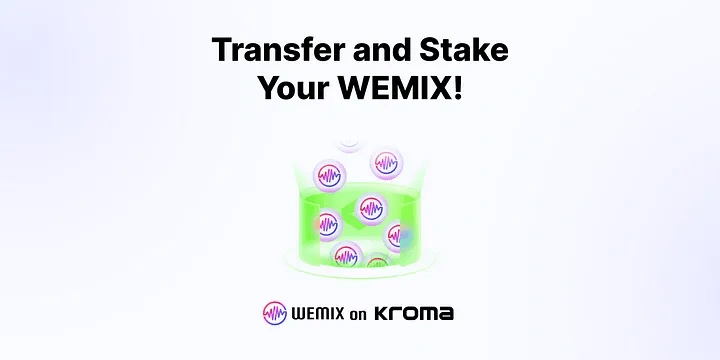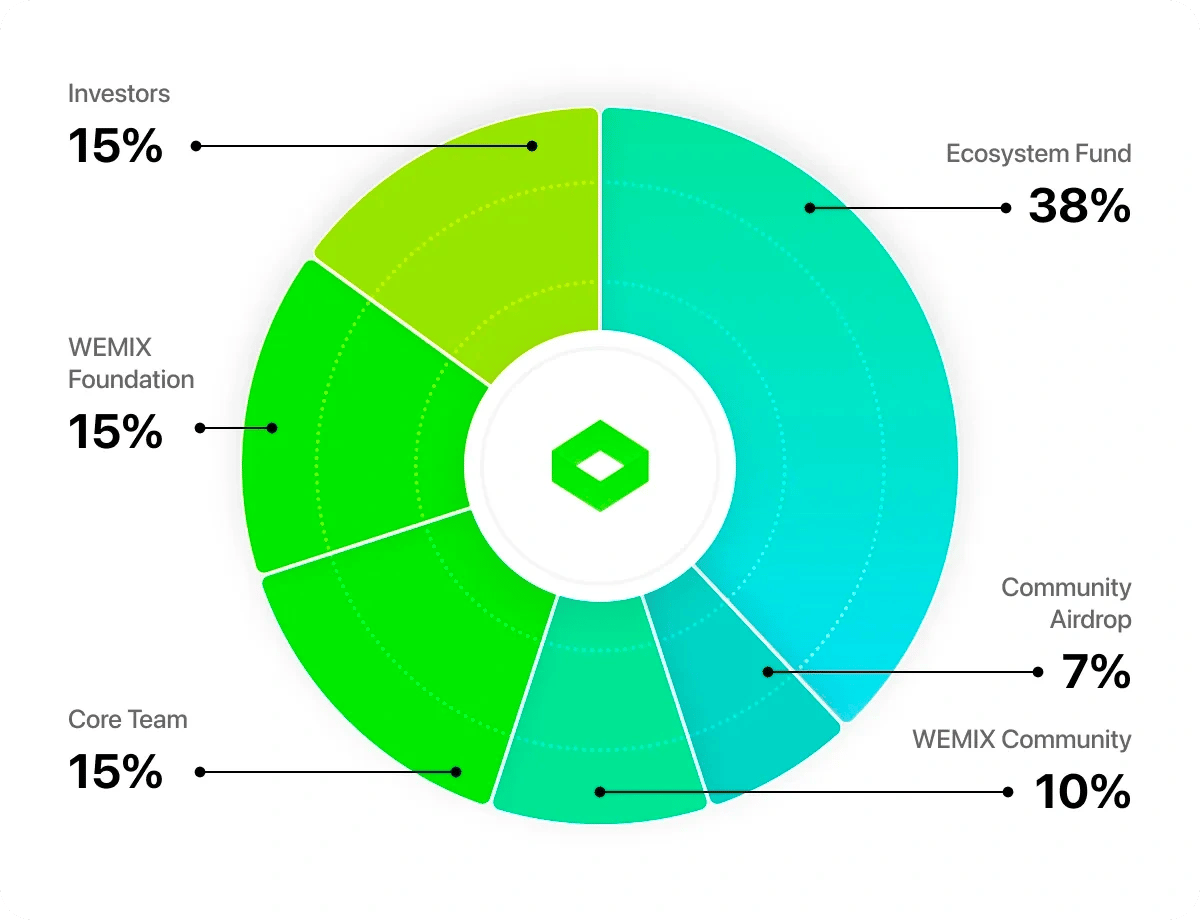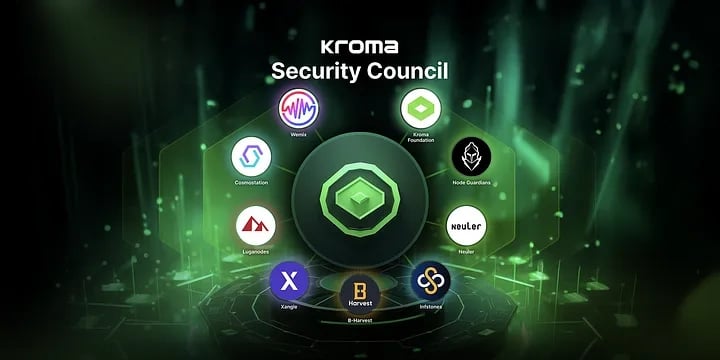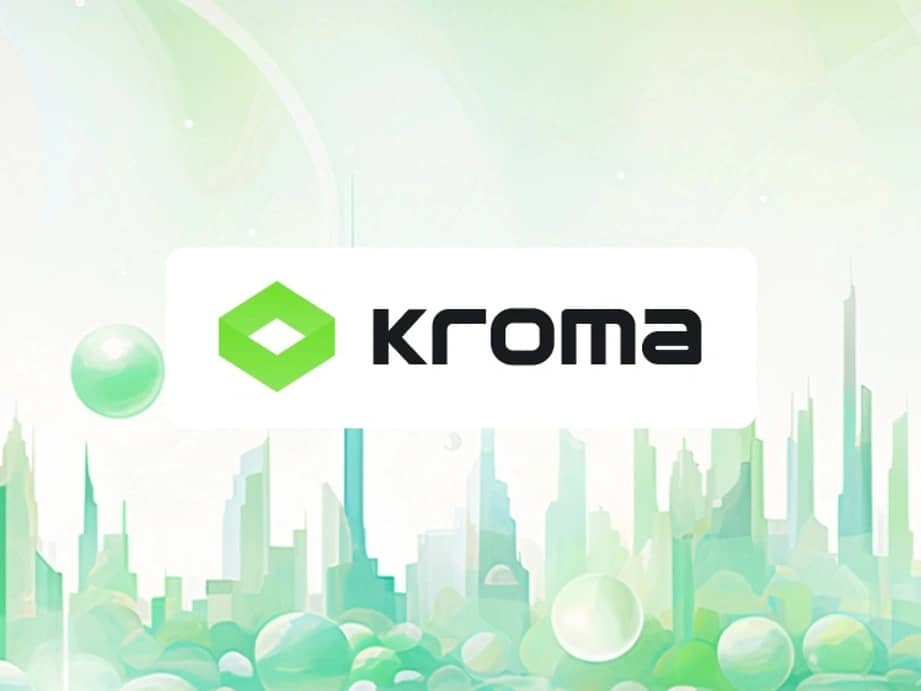Subscribe to wiki
Share wiki
Bookmark
Kroma
The Agent Tokenization Platform (ATP):Build autonomous agents with the Agent Development Kit (ADK)
Kroma
Kroma is an Ethereum Layer 2 Optimistic rollup utilizing ZK fault proofs, designed to be developer-friendly while providing low fees and scalability equivalent to EVM.[1] Lightscale Holdings Pte. Ltd., a subsidiary of the WEMIX Foundation, is the company developing the Kroma project.[5]
Overview
Developed in April 2023, Kroma is an Optimistic Rollup with ZK fault proofs, employing a zkEVM derived from Scroll. It is developing a user-friendly and functional L2 experience. It uses open-source code from leading blockchain projects for efficient development, emphasizing the importance of community cooperation and continuous updates. Its objective is to address technical complexities and deliver high-quality and stable products, contributing to the advancement of L2 beyond Ethereum's scalability issues.[1][2]
Kroma aims to combine the benefits of Optimistic rollups and ZK rollups while mitigating their limitations. While zkEVM continues to grow for practical use, Kroma plans to evolve through a two-step approach, transitioning from an Optimistic Rollup to an EVM Equivalent ZK Rollup. It uses zkEVM for fault proofs and incorporates zk-friendly components from the optimistic rollup phase, enabling a gradual migration without significant network changes. [1][2]
Technology
Tachyon
Tachyon is a hardware acceleration solution designed by the Kroma team to streamline proof generation processes by leveraging GPUs. It is a general-purpose ZK open-source library emphasizing mathematical adherence and versatility. With support for various languages and runtimes, Tachyon aims to simplify development workflows and establish itself as a foundational platform in the ZK technology landscape. [3]
Tachyon prioritizes optimal performance across CPU and GPU platforms. Its general-purpose design empowers developers to apply different proving schemes with minimal effort, enhancing productivity. Tachyon ensures scalability and reduces code duplication by strictly adhering to mathematical architecture and an intuitive inheritance system, improving reliability and efficiency. [3]
Tachyon's implementation in C++ aligns with the demands of GPU-centric industries, offering optimal GPU interoperability essential for high-performance computing tasks. It prioritizes packaging, aiming to provide convenient bindings for various programming languages and runtimes, facilitating seamless integration into diverse development ecosystems. [3]
WEMIX on Kroma

Introduced in December 2023, WEMIX on Kroma is a cross-chain staking protocol tailored for WEMIX coins. It facilitates users of WEMIX3.0 in exploring the Ethereum ecosystem through Layer 2 technology powered by Kroma. This integration enables seamless transfer of WEMIX coins between the WEMIX3.0 network and the Kroma network. Additionally, users can stake WEMIX.e tokens on Kroma to earn stWEMIX.e tokens, thereby increasing their holdings of WEMIX.e and WEMIX Community Points. Users can later redeem these points for KRO tokens. [4]
Kroma Guardian House (KGH)
Kroma Guardian House (KGH) is an NFT collection designed to democratize participation in the Kroma Validator Network. Kroma depends on validators for data integrity and security. However, active involvement in this network typically demands advanced software development skills, limiting accessibility to the general public. KGH NFTs address this issue, allowing individuals without programming expertise to contribute to Kroma's security. By owning a KGH NFT, holders can indirectly influence network security and validator performance. [5]
KGH NFT holders can stake their NFTs with a chosen validator, endorsing them and enhancing their potential rewards. This setup fosters a mutually beneficial relationship between NFT holders and validators. For validators, increased staking results in higher rewards, incentivizing honest and active participation. Meanwhile, NFT holders staking with successful validators receive some rewards, creating a passive income stream. [5]
KRO Token
KRO is the native token of the Kroma network. Its design ensures its value aligns with the network's growth. This value is achieved through mechanisms that enable zero-start distribution and synchronization with network expansion. [6]
Tokenomics
KRO’s total supply was 50,000,000 tokens and had the following allocation: [6]

- Ecosystem Fund (38%): This proactive program aimed to accelerate development and growth within the ecosystem. It provided grants to projects at various stages and allocated funds for marketing.
- Community Airdrop (7%): This initiative rewarded users and dApps for contributing to ecosystem growth.
- WEMIX Community (10%): Allocations for the WEMIX community were intended to align with the co-growth of the Kroma and WEMIX ecosystems. The WEMIX Community, with a user base of 9 million users and significant engagement, particularly in gaming, was recognized for its value. Kroma viewed this community as essential for collaboration and intended to support it by providing rewards and incentives to users across both chains.
- Core Team (15%): The dedicated core team that brought the Kroma network to fruition.
- WEMIX Foundation (15%): The WEMIX Foundation is a significant supporter and core contributor to Kroma, planning to support various Web3-based games, DeFi, NFT, and more within the Kroma ecosystem. Continued collaboration is planned to ensure mutual growth between the two ecosystems.
- Investors (15%): Initial financial and strategic investors have played a key role in accelerating ecosystem growth during the initial stages.
Minting Logic
The Kroma network's approach to KRO token minting aims to promote long-term sustainability and value for its users. It utilizes a decaying emissions schedule to gradually decrease the rate of new token issuance, fostering fairness and sustainability in the process. This strategy encourages early participation and adheres to principles of sustainable token economics. The default mint amount of KRO per block is governed by a decaying emissions schedule, with a reduction factor of 7.776% applied every 90 days. [7]
Governance

Introduced in October 2023, The Kroma Security Council DAO, comprising at least eight distinct parties, serves as the temporary governing body of the Kroma network and functions as a multisig-based override and upgrade mechanism. Its primary responsibilities include safeguarding assets on the platform and proposing/voting on upgrades for Layer 1 and Layer 2 contracts. [8]
Currently, without a governance token, the Security Council serves as the sole upgrade mechanism in Kroma. All L1 and L2 contracts can be upgraded through proposals at the Kroma Security Council DAO on Tally, with a 3-day voting period conducted on-chain using SBTs. Transparency is maintained throughout the process, with proposals and their voting status visible to the public. [8]
Although Stage 1 rollup upgrades by the Security Council do not require an exit period, Kroma has implemented a 7-day exit period to give users sufficient time to understand and approve them. This exit period applies to both L2 and L1 contracts. Eventually, the role of the Security Council as an upgrade mechanism will transition to the Kroma DAO, established upon introducing governance tokens to Kroma in the future. [8]
The current parties of the Security Council DAO include: [8]
- B-Harvest
- Cosmostation
- InfStones
- Kroma Foundation
- Luganodes
- Neuler
- Node Guardians
- WEMIX Foundation
- Xangle
See something wrong?
The Agent Tokenization Platform (ATP):Build autonomous agents with the Agent Development Kit (ADK)
